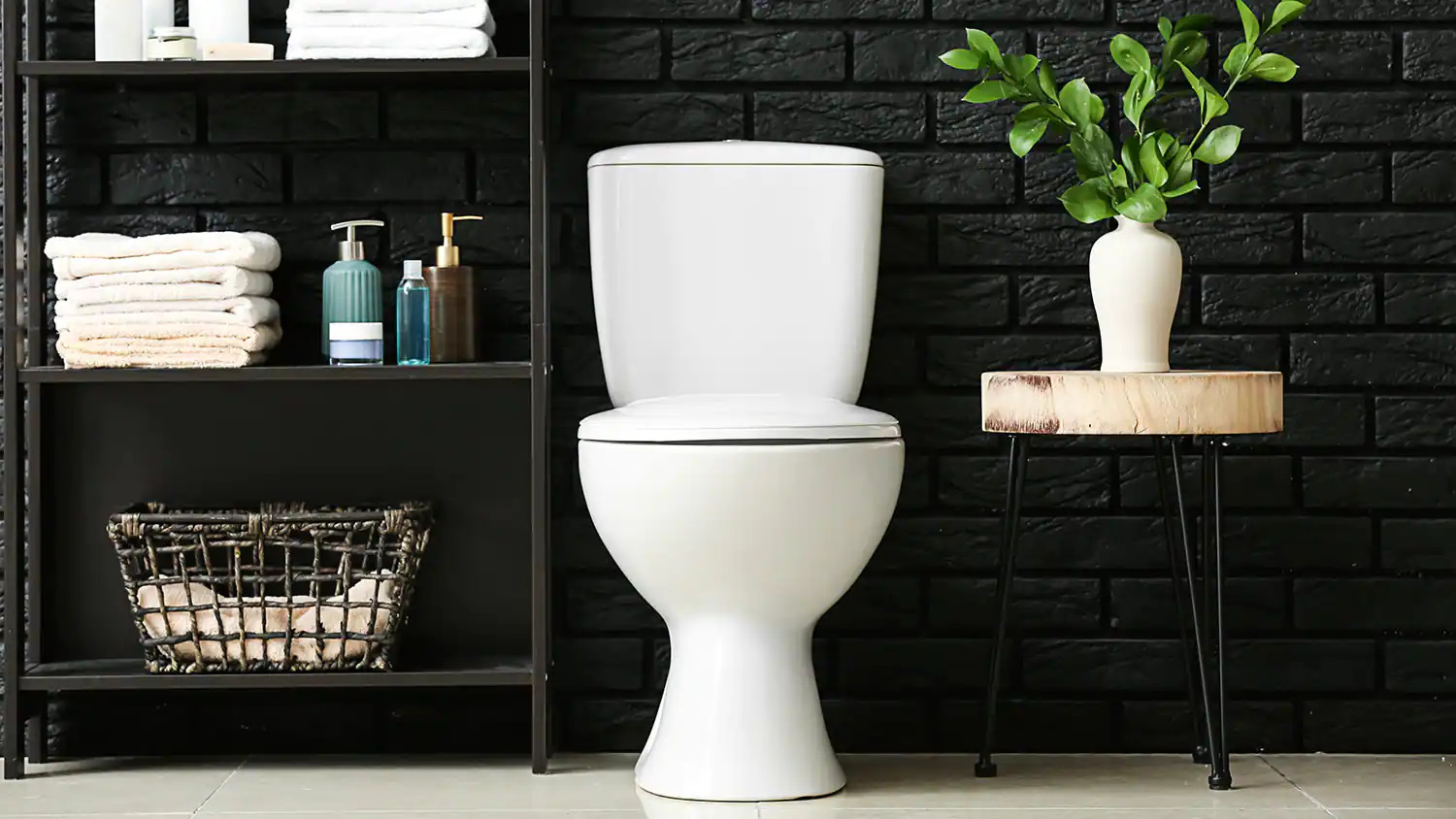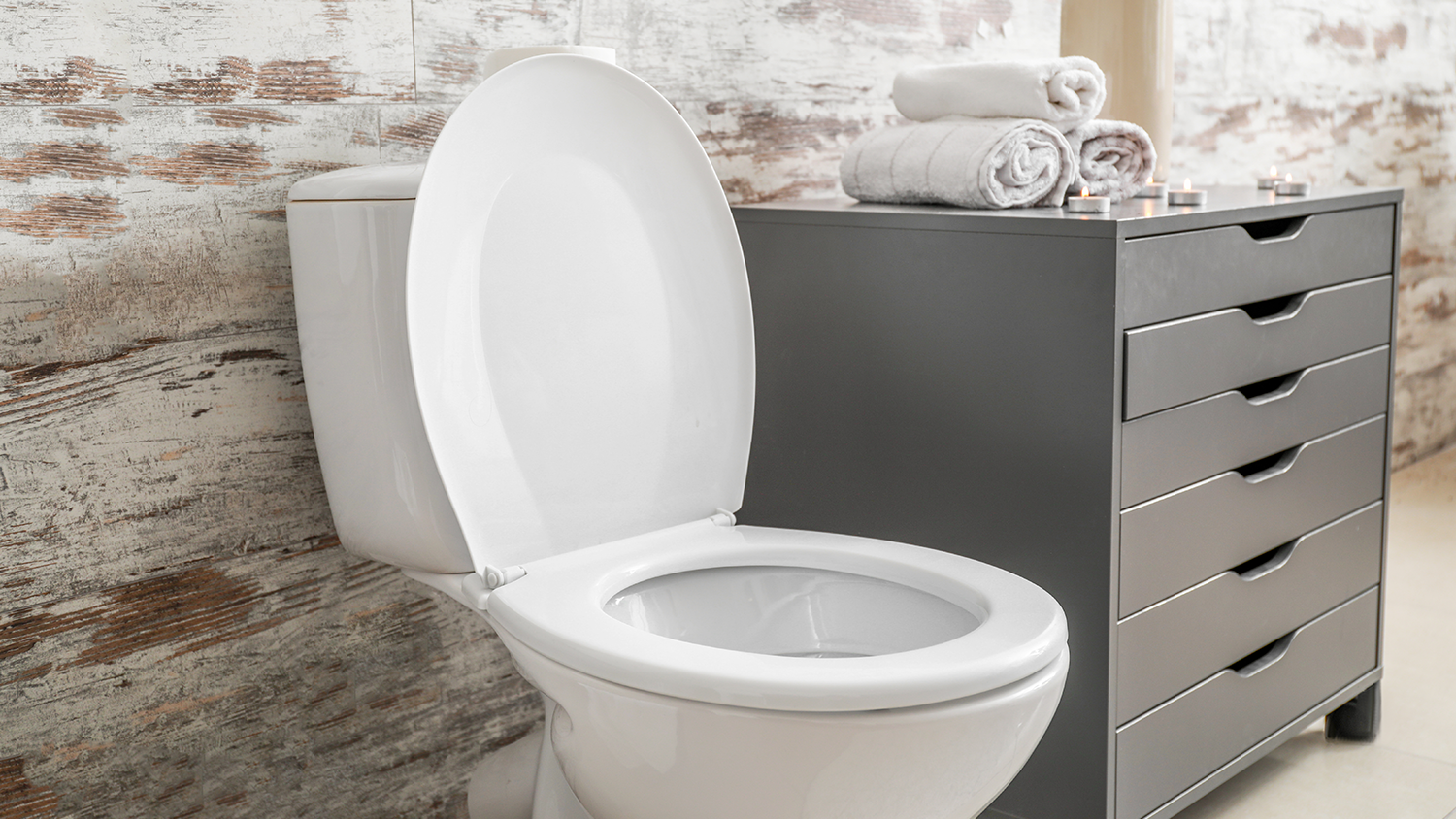
Need to know what sewer line replacement costs in Austin, TX? This guide will help you prepare to budget for sewer line replacement done by local contractors.
Leach lines are a linchpin of your septic system


Septic leach lines are perforated pipes that lead from your septic tank to the soil. They’re part of your septic system’s leach field.
Leach lines are buried in the ground and surrounded by gravel, which helps continue the process of treating the wastewater before it reaches the aquifer.
A properly maintained septic leach field could last up to 50 years, but a more common life span is 15 to 30 years.
Signs of leach line failure include noticeable sewer odors or gurgling sounds near the septic field, backed-up indoor plumbing, or damp ground around the lines.
Septic leach lines are the drainage pipes that carry partially treated wastewater from your septic tank out into the septic drain field (also known as a leach field). They’re an important component of a septic system, which is a common choice for wastewater management for those with homes that don’t hook up to the city sewer system. It’s a smelly job, but somebody’s got to do it—and the good news is, if it’s working properly, it shouldn’t even be that smelly.
But how exactly do septic leach lines perform this important task, and how can you tell when yours are in need of some tender loving care? Read on to learn more about how the leach lines for septic systems function, as well as when and how to step in and help.
Septic leach lines are perforated drainage pipes, frequently constructed of PVC, that take partially cleaned wastewater, also known as effluent, from your septic tank back into the ground. These pipes are surrounded by gravel and sand, which, along with beneficial bacteria, help filter and treat the water further before it returns to the soil—and eventually the aquifer.
In order to understand exactly how septic leach lines work, it’s important to first understand what a septic tank is and how it works to separate solid waste from liquid waste. In short, your septic tank uses time as well as beneficial bacteria to separate scum (lighter solid waste particles, like grease) and sludge (heavier solid wastes, including human waste) from the remainder of the wastewater (effluent).
The effluent, which is already partially cleaned and treated, is what ends up draining into your leach lines. Screens and filters also work to help ensure that solid wastes don’t end up in the lines.
The percolation rate of your soil is a big part of your septic system’s waste management process. Percolation is a measure of how quickly liquids absorb into the soil. If your soil’s percolation rate is too fast, the wastewater that seeps out of the leach lines won’t get properly treated by the time it enters the groundwater. If the rate is too slow, your yard may flood with smelly, untreated wastewater.
Septic leach lines require a percolation speed of 5 to 60 MPI (minutes per inch of water absorption) to work properly. Before installing a septic system that uses leach lines, you’ll have to call a pro to get a perc test done. Failing a perc test means you may have to use an alternative septic system, like a mound system or sand filter system, that doesn’t rely on leach lines.

Septic tank leach lines are located adjacent to—and further away from your house than—the septic tank itself, which is buried underground. The leach lines are part of the drain field or leach field, which will be a flat, open area on your property (or, if you have a mound septic system, a built-up gravel mound).
The leach lines themselves are 1 to 3 feet wide and can be up to 100 feet long. They will likely be placed about 6 feet apart from each other and between 1 and 3 feet deep into the ground—so you can see how big a septic drain field can get.
It’s important to understand where on your property your septic tank and leach field are located because you don’t want to put unnecessary pressure on the physical pipes that make up your leach field. For example, it’s a good idea to avoid driving vehicles, setting up storage sheds, or otherwise putting excessive weight on your septic leach field.

Good news: Your septic drain field can last up to 50 years if it’s properly maintained, and the maintenance protocol isn’t very expensive or difficult. (That’s after the initial septic system installation, of course, which can get pricey. A septic system costs about $7,300 on average to set up.)
To keep your septic leach lines in good, working order for as long as possible, it’s important to follow these guidelines:
Pump your septic tank regularly: How often you’ll need your septic tank pumped will depend on factors like how many people live in your home and what kinds of appliances you use, but this project needs to be done every three to five years and costs about $400, or $0.30 per gallon.
Don’t put pressure on your pipes: As discussed above, your septic drain field is a fairly sensitive part of your property. So aside from gentle landscaping—no trees or plants with deep, grabby roots—it’s a good idea to avoid doing too much with that area. Otherwise, you risk damaging the pipes themselves.
Avoid using harsh septic system chemicals: While many additives are available on the market that claim to help your system do its duty, most septic systems are actually quite capable of working based on naturally occuring bacteria and enzymes. In fact, these chemicals can interfere with the natural process occurring in your drain field, so it’s best to avoid them.
Be careful what you flush: As is true even for those connected to city sewer systems, it’s a bad idea to flush anything aside from human waste and flushable toilet paper. Feminine hygiene products, cigarette butts, and other odds and ends should all be properly disposed of in a garbage can. In addition, avoid flushing a lot of toilet paper at once, as doing so can clog your septic leach lines.
In most cases, when it comes to a septic system, no news is good news. If your system is functioning properly, you’ll probably forget it even exists.
But there are some signs that indicate something’s going on with your septic system, be it a backed-up tank or clogged leach lines. Here are some signals to be aware of:
Audible gurgles coming from your leach field
A noticeable sewage smell around the septic tank, drain field, or drains inside your home
Backed-up toilets or drains or difficulty flushing
A marshy consistency to the ground above or around your leach lines
If your leach lines—or any other component of your septic system—need repair, you can contact your local septic tank company to help.
From average costs to expert advice, get all the answers you need to get your job done.

Need to know what sewer line replacement costs in Austin, TX? This guide will help you prepare to budget for sewer line replacement done by local contractors.

Concrete is one of the longest-lasting septic tank materials. Find out concrete septic tank prices for your wastewater management project.

If it’s been there for a while, it can be hard to find the septic tank in your yard. Learn how much it costs to locate a septic tank with this guide.

Some properties require an above-ground septic tank due to soil conditions or location. Learn all about above-ground septic tanks, pros, cons, and costs.

Need to know what sewer line replacement costs in Denver, CO? This guide will help you prepare to budget for sewer line replacement done by local contractors.

A sewage smell outdoors is not only gross, but it indicates a possible health hazard. Learn how to get rid of the septic smell outside and when to call a pro.